Thanks to the glorious wail of a non-hybridised Cosworth V12, the pair of Aston Martin Valkyrie AMR-LMH racers sounded utterly glorious as they powered through the French countryside.
So while the British firm was never going to win the Le Mans 24 Hours on its return to the endurance classic’s top class for the first time in 14 years, it simply couldn’t be ignored.
There are no prizes for fielding the best-sounding cars on the grid but this year wasn’t about trophies. It was about proving that a racing hypercar based on a road-going version could work.
Some patience was always going to be required: the performance-balancing measures of Le Mans’ current rules make it nearly impossible for a new team to be a contender straight away.
Then again, Aston Martin has had to learn patience when it comes to Le Mans. The British marque first entered the race in 1928 but it wasn’t until 1959 that Roy Salvadori and Carroll Shelby took victory in a DBR1/300. And it’s still waiting for overall victory number two.
There has been success at the Circuit de la Sarthe more recently. Aston Martin triumphed in the GT1 class with a DBR9 in 2007 and it has won the top GT class on four more occasions. But its most recent bid for outright victory came with the best-forgotten Lola-Aston Martin B09 project from 2009 until 2011.
The current hypercar regulations in endurance racing’s top flight have made Le Mans hugely appealing for manufacturers and this year Aston Martin joined a very full paddock.
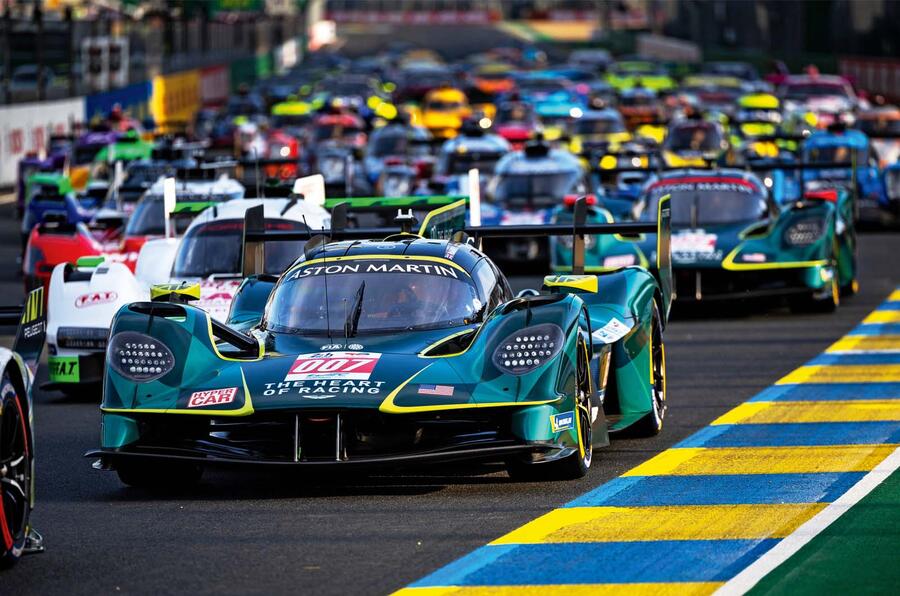
But by choosing to turn the Valkyrie into a Le Mans Hypercar (LMH), the British firm has made life hard for itself. It is the only entrant in the hypercar class to be based on a road-legal vehicle, and the Adrian Newey-designed ‘Formula 1 car for the road’ is so extreme the road car’s engine had to be detuned and its aerodynamics blunted to fit the rules.
Aston Martin could, like Ferrari, Toyota and Peugeot, have designed its LMH as a pure race car; or, like Porsche, BMW and Alpine, made life even easier by using a spec chassis and hybrid system as the basis for a cost-controlled Le Mans Daytona Hybrid (LMDh) racer. But as Aston Martin endurance racing boss Adam Carter says: “If we did that, it wouldn’t be an Aston Martin.”
“We developed the Valkyrie because it was the ultimate hypercar,” adds Carter, who works for Aston Martin Performance Technologies, which is based alongside the F1 team. “The Valkyrie was born to race; its foundations came from racing. Aston Martin is a sports car company. We build sports cars. And there’s nothing better than when a sports car goes to race at Le Mans.”
The Valkyrie’s road to Le Mans hasn’t been straightforward. In fact, it has taken four years longer than first planned. In a press conference to launch the forthcoming LMH rules at Le Mans in 2019, Aston joined Toyota in announcing that it would begin racing the Valkyrie in the 2020/2021 World Endurance Championship.
The delay is partly because of Aston Martin’s financial struggles, the takeover by Lawrence Stroll and a subsequent restructuring. But it’s also because of changes in the hypercar rules. When the firm initially committed, the LMH rules were for cars based on road-going hypercars.
But as part of an agreement to equalise performance between the World Endurance Championship LMH and LMDh cars, that requirement was dropped, prompting Aston Martin to scrap its plans.
But the Le Mans 24 Hours has a way of pulling people in and the project was revived in October 2023 with the help of US-based motorsport team The Heart of Racing and manufacturing experts Multimatic. The race car was built and run by a squad consisting of staff from those firms.
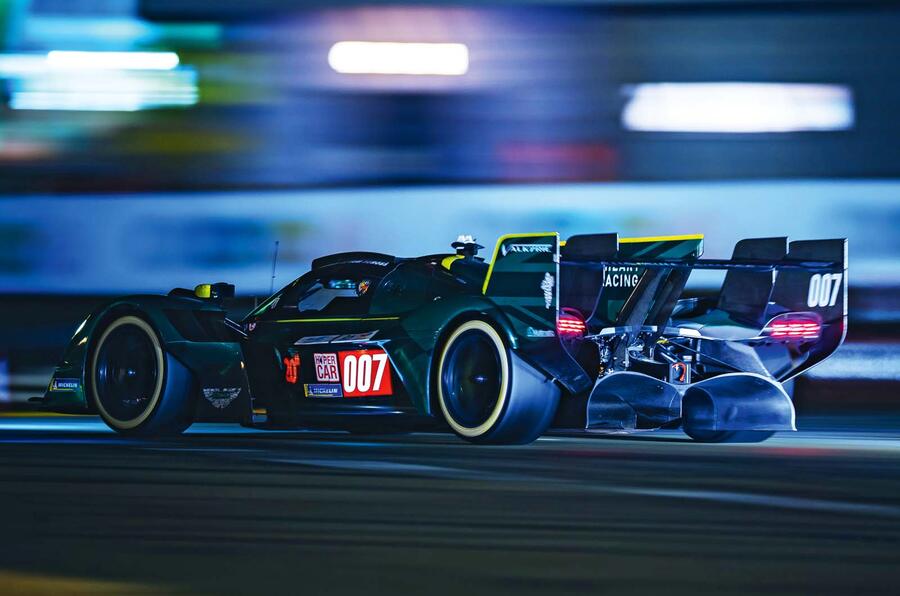
“[Aston Martin owner Lawrence] Stroll asked me about turning the Valkyrie into a hypercar so I went and looked at the regulations, spoke to officials and said: ‘Yeah, absolutely it’s possible.’ But it’s been a journey for everyone involved, including the regulatory bodies. A good journey, but a long journey,” says Carter.
The base car is technically the track-only Valkyrie AMR Pro, which shortcuts some of the development. But that car produces more than 1000bhp from its hybridised 6.5-litre naturally aspirated V12 Cosworth, whereas the LMH rules peg output at 670bhp. But as Carter says: “The Valkyrie would not be the Valkyrie without that V12. It’s absolutely the heart of the car.”
He adds: “It’s got way more capacity than we need so we can run it very lean burn, and it’s a great, efficient demonstration of future sustainable fuels.”
So the hybrid element was ditched – anyway it drives the rear wheels on the road car yet LMH rules require it to power the front axle – and the Cosworth unit was effectively detuned, although Carter says that helps to offset any loss of torque resulting from the lack of electrification.
The challenge of LMH is that to emphasise efficiency, the cars are essentially set torque-based energy output parameters that they must stick within. Hybrids can help with that, which perhaps explains why every hypercar on the grid bar the Aston Martin runs one.
“Every race car is a collection of compromises and always will be,” says Carter. “Having a hybrid presents some opportunities around torque filling, but the V12 has a very high torque response. If you have a hybrid, you have to synchronise it with the combustion unit, whereas our response is all built into one unit.”
The bodywork of the Valkyrie racer has also been revised to fit the LMH class’s aero rules (remember, Newey’s joy in crafting the Valkyrie was not having to work to a rulebook…) while also ensuring the bodywork at the front and rear met motorsport safety rules and could be quickly changed if required.
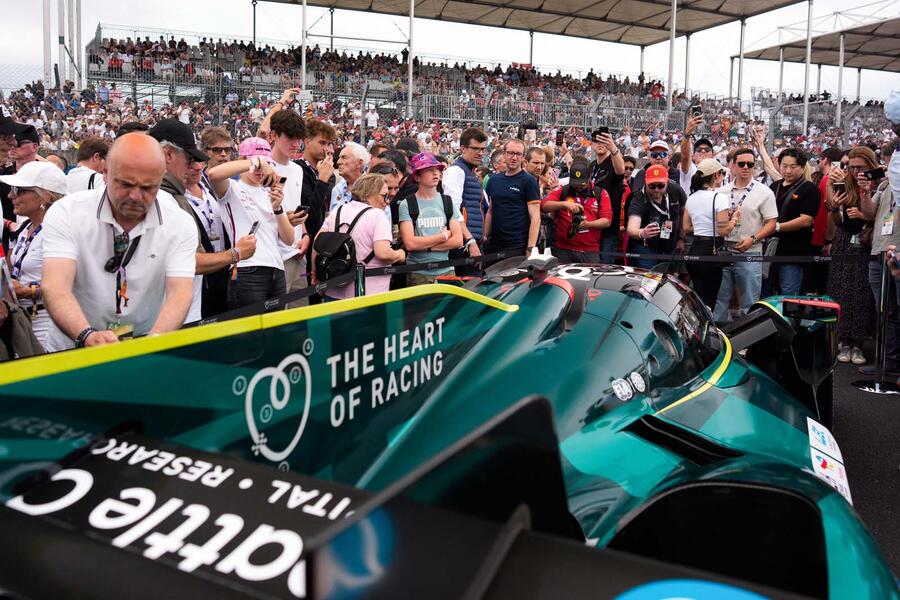
The Heart of Racing has run a pair of Valkyries in both the IMSA and WEC series this year. The results haven’t been spectacular, but they were never going to be because of the Balance of Performance (BoP) regulations.
This is where the story gets a little tricky to tell, because the first rule of BoP is you don’t talk about BoP. Okay, it’s technically not the first rule, but race organisers want to keep the focus on the track rather than a verbal fight club in the paddock, so competitors are banned from moaning about BoP.
But you can read between the lines, and because it is calculated on reference data and new entrants have none, they start with the worst possible BoP. The calculations for the high-speed Le Mans track are also done separately from other events. So the unspoken belief is that the Valkyrie should be more competitive next year when any BoP measures are based on actual past performance.
But that’s fine, because the team still needed to learn. The hypercar programme was deliberately staffed without impacting the ongoing GT project and Carter says: “It’s a learning year and we need to learn and refine our processes as a team.
It’s a new group of people with vast experience brought together. We need to learn the car, and about the regulations, and how to get the most out of the car. We’ve focused on race pace and reliability, but we need to learn more about one-lap pace.
“A number of our competitors have been through two cycles of learning, and they’re now in their third. We’re on our first. Our learning curve is steeper from theirs.”
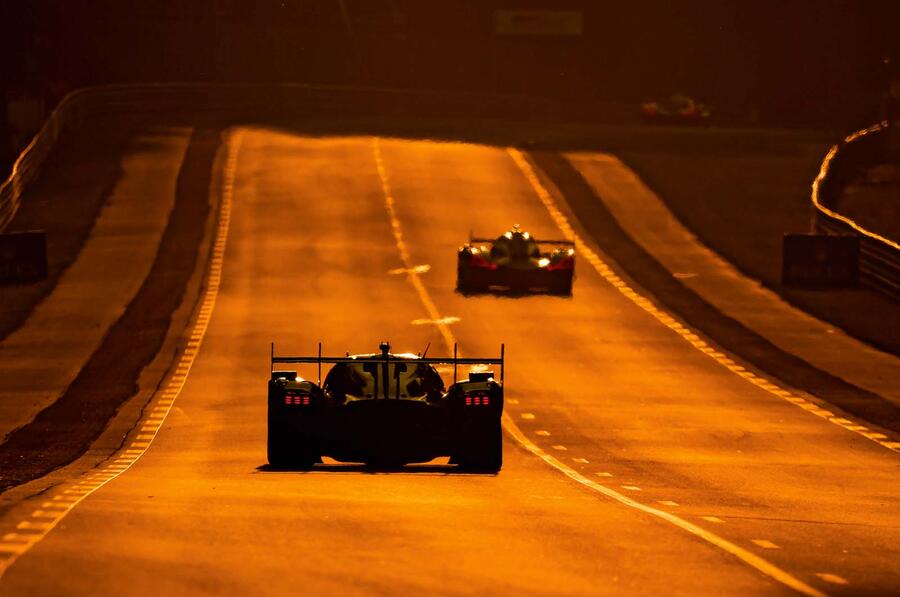
And there was more promise in the results than the numbers might suggest. Getting one of the Valkyries into the ‘hyperpole’ qualifying session for the top 15 cars was a mighty achievement, and in the race both cars ran reliably and consistently to 12th and 14th places, four and six laps down on the winning Ferrari respectively. But it was an unusual year, with relatively little attrition among the hypercars.
The most important thing, though, is that Aston Martin was in the race and the unusual non-hybrid hypercar based on an actual road car held its own against bespoke competition. The concept has been proven and the future is bright.
The current hypercar field is too large and deep to suggest that Aston is on track for that elusive second Le Mans victory, but it’s undoubtedly closer than it has been for decades.
And even if Aston Martin has to wait a few more years, we can enjoy that glorious engine note while it does.

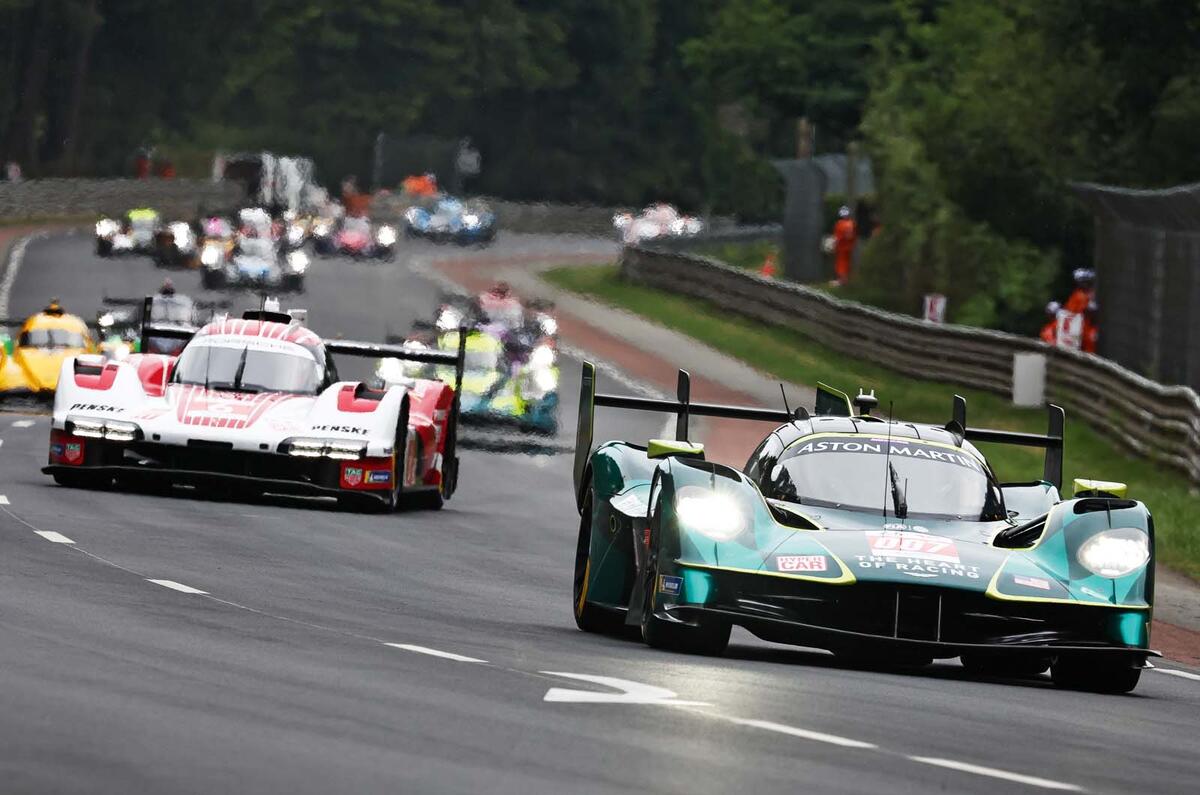
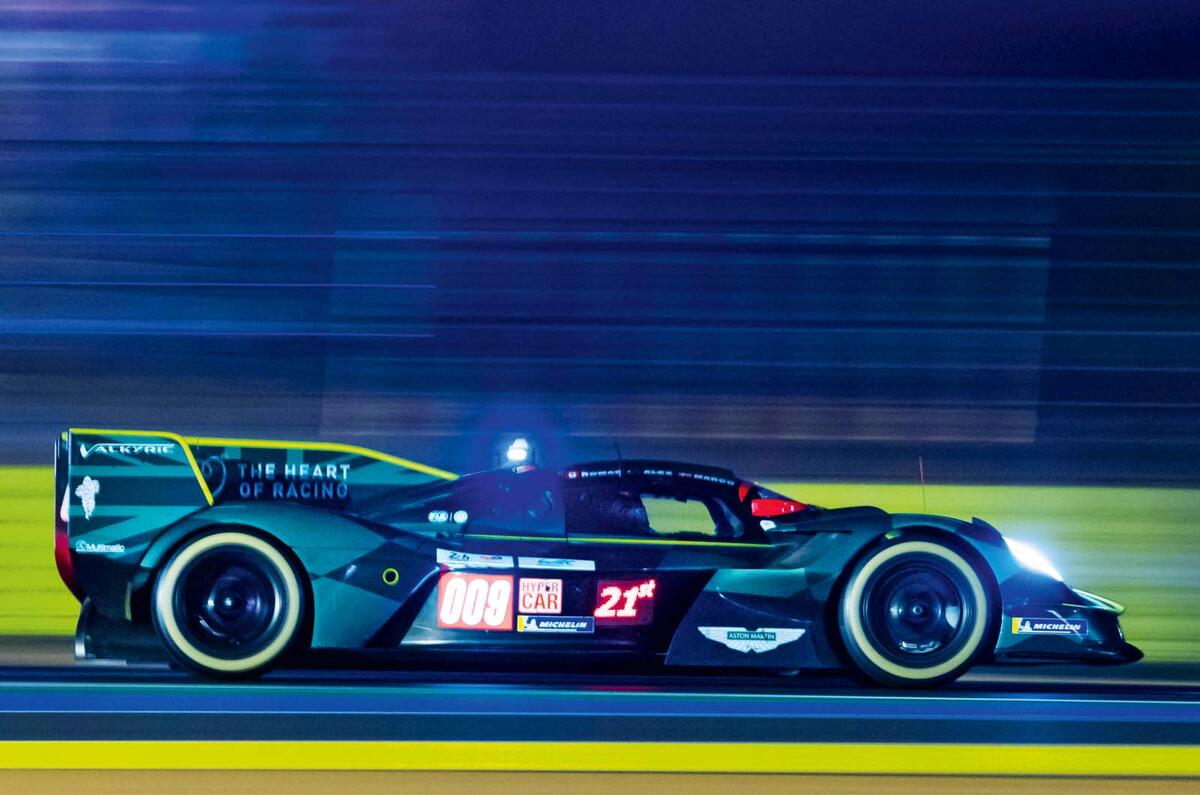
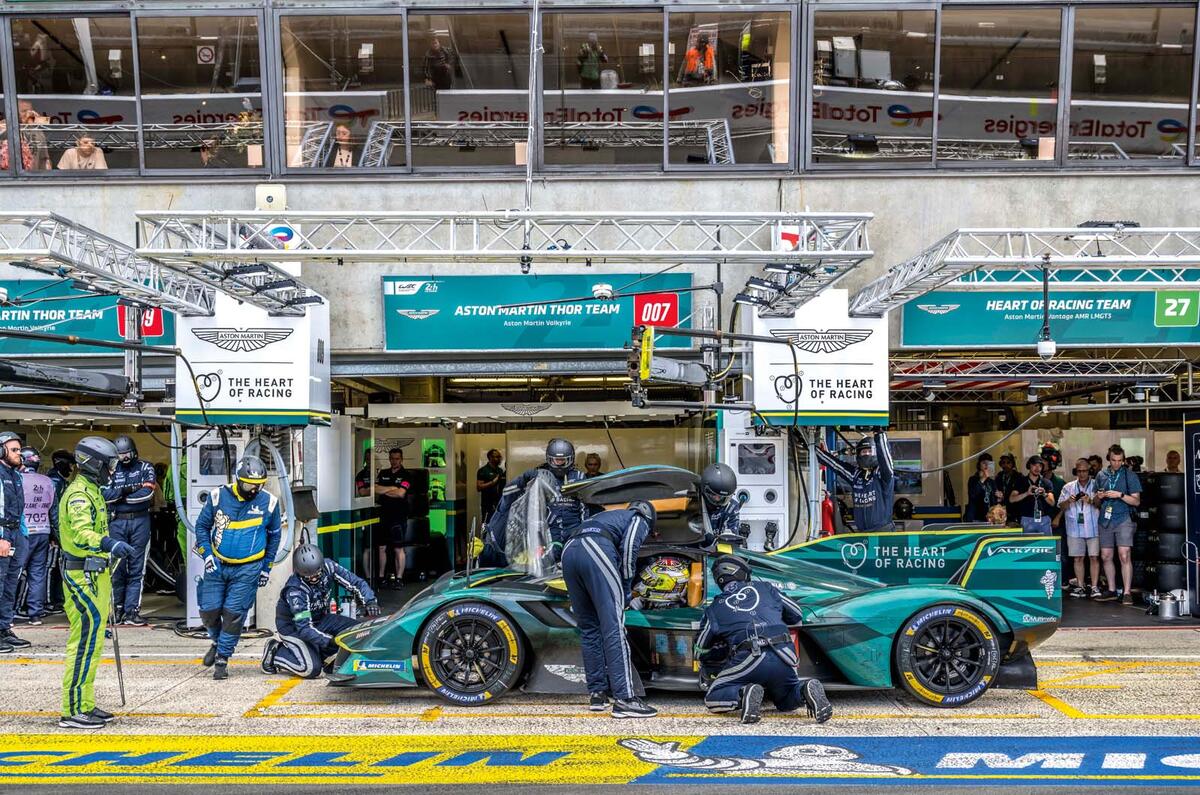
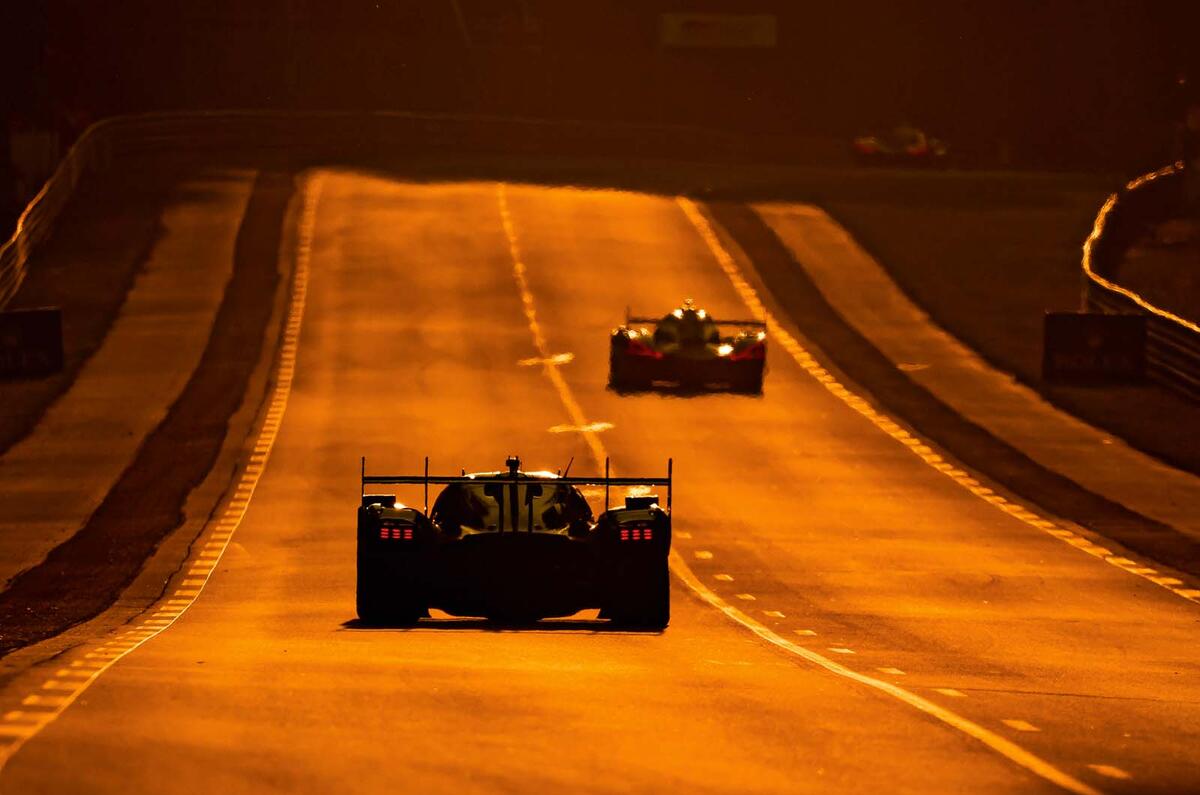
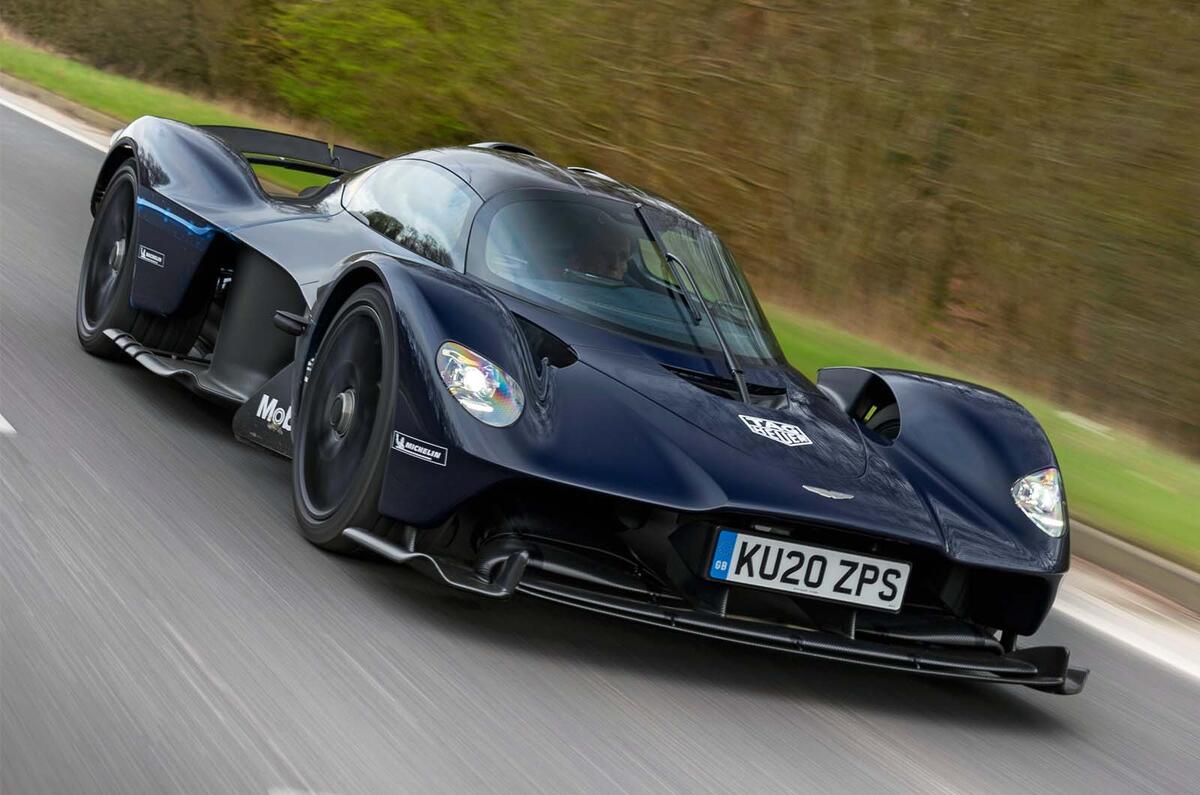

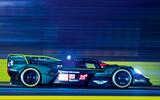
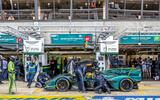








Add your comment